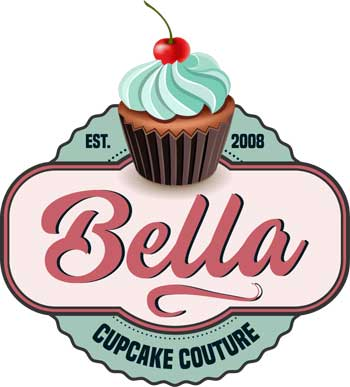
When baking or frying with a stove/cooktop, sometimes, without paying notice, fire erupts suddenly: even with minimum quantities, oil can self-ignite within a few minutes if left alone, a towel or sheet of paper can get ignited if left close to a burner.
The NFPA, which conducts research on various fire issues in the US, found that 47% of home fires originate from cooking appliances and these are the reported events. There are many more fire events that are not reported because somehow, they managed to extinguish them.
Also, 45% of fire-related injuries are related to cooking.
Here are some fire hazard tips:
If something caught fire, especially oil, never try to extinguish the fire with water. If you have an extinguisher, better a K type for kitchen fires, or even a standard extinguisher that deploys dry powder, use it.
Do not operate it too close to the fire keep a minimum distance of 5 feet.
If there is no extinguisher around and the fire is still small, use the pot/skillet cover and turn the stove power off.
The ultimate fire safety solution comes with KITCHEN FIRE STOP
KITCHEN FIRE STOP is a standalone DIY stove/cooktop fire suppression system certified to UL300A.
It means that the system has been tested in 30 different grease fire situations, which covers all cooking fire possibilities.
It also means it has automatic detection, manual operation, and automatic power shut off when a fire is detected.
It is also 100% successful. Meaning – no false operations. It will respond to real fire only – not to a single burst. And when there is a real fire, the system will activate in 30-60 seconds and extinguish the fire without causing any damages to the stove.
The agent is a wet chemical and environmentally friendly. Cannot harm a person.
It is affordable. DIY system and will fit 30” or 36” stove with a common range hood or OTR microwave.
For more details visit www.kitchenfirestop.com
Conclusion
If you are operating a baking/cooking business and using a residential stove/cooktop ask the fire inspector for UL 300A system approval, other than the UL 300 system which is used for commercial kitchens (like in restaurants). Learn more about safe and risk-free baking in the kitchen here!
